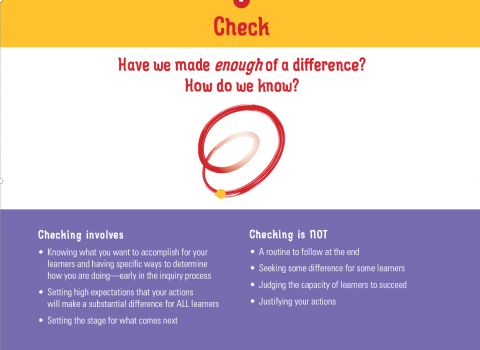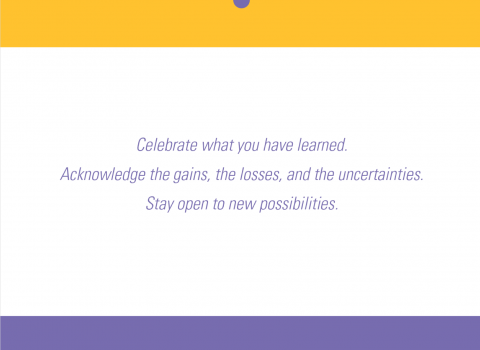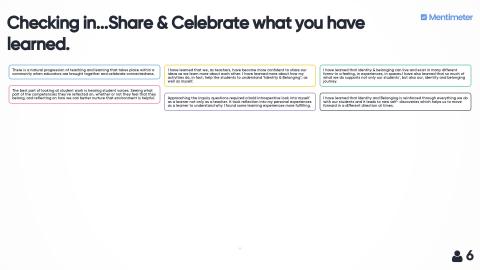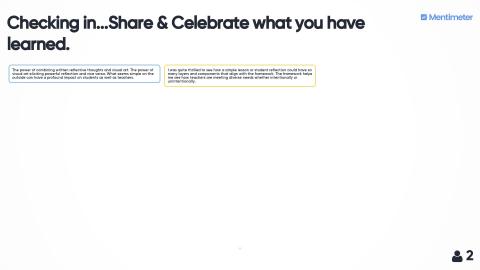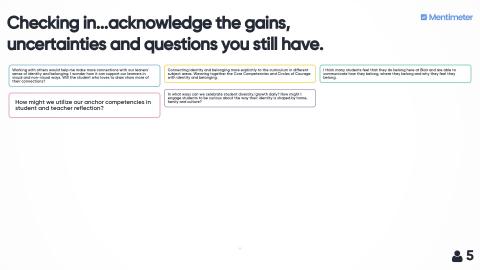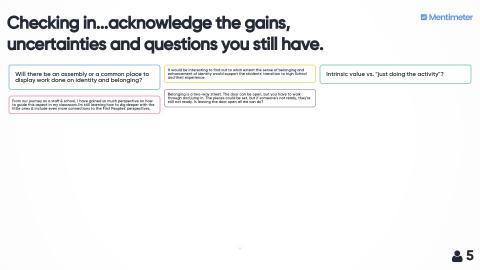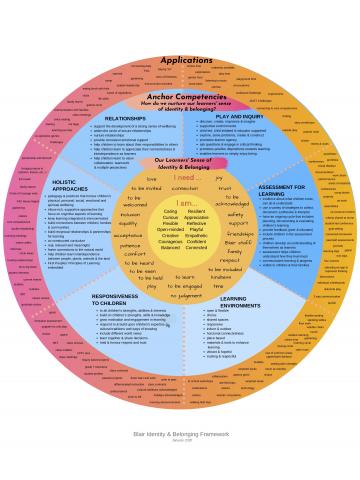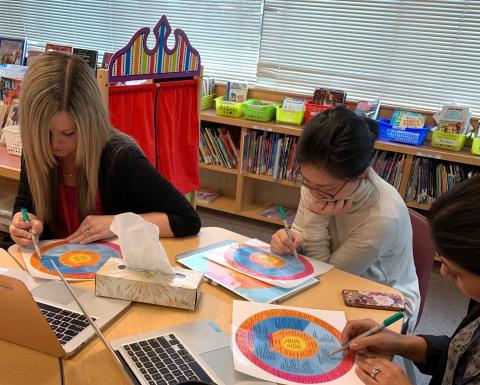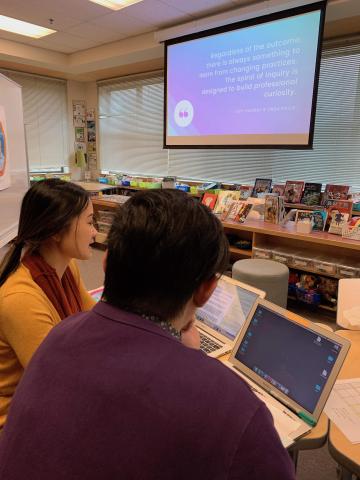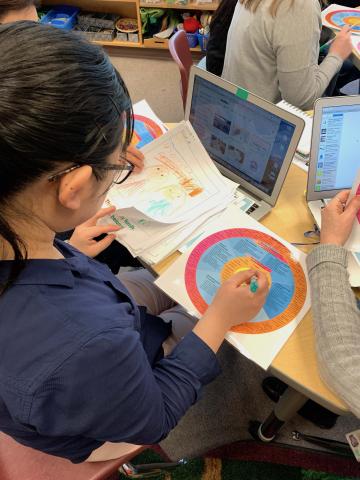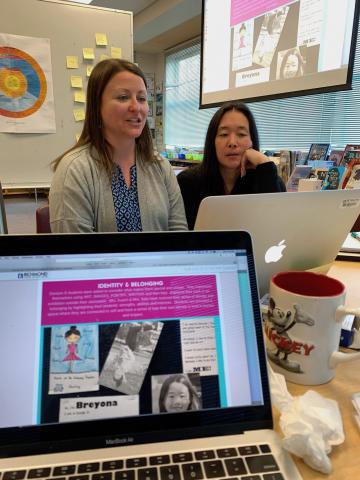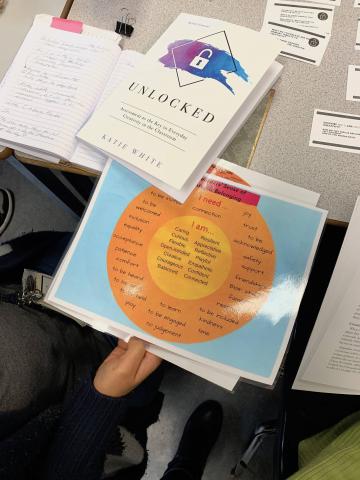Checking: Have we made enough of a difference?
The Blair staff spent time together in grade groups, with student evidence, checking to see if our school focus has made a difference to our learners’ sense of identity and belonging. Our school goal has been supported by ongoing formative steps that have forged our direction. Having an emergent strategy has been supportive as we explore: How might the personal and social core competencies support our learners’ understanding and development of self-identity, both as individuals and as members of our community. We held space for our staff to connect, discuss and pull apart what their students were experiencing. We co-created a Framework for Belonging and Identity. Research tells us that a “…coherent instructional framework means that teachers reinforce the same ideas, use similar vocabulary for communicating those ideas, know how to make links with what has gone before, and are guiding their efforts in common assessments.” (Robinson, V. & Gray, E. 2019, pg. 8). We needed to be able to all talk the same language when we shared and evaluated our student evidence collectively. The intention is that if we are all using the same language that this will bring a greater depth of understanding and knowing and to help our students actualize their personal and social core competencies across the curriculum.
We collected, appraised and made sense or our emergent hunches, actions, evidence and learning. We curated a collection of student evidence to make learning visible. Learning was an emergent by-product of digging deep, scanning, and moving forward with intention. We made time to critically look at what the evidence told us. Our learners spoke loudly, and without hunches and guesses, but rather “… rich understanding of student experiences and help[ed] us avoid the traps of our own assumptions, biases, judgments or perceptions.” (Timperley, H., Kaser, L., & Halbert, J., 2014, pg. 7).
We were able to use our framework to check that our students’ sense of identity and belonging is evident. Our teachers could identify how they nurtured their learners’ sense of identity and belonging (relationships, play & inquiry, assessment for learning, learning environments, responsiveness to children, and various holistic approaches). The could then identify how the learners were able to express their needs and their dispositions for being and belonging. Our teachers tracked and documented the connections for their practice and pedagogy to the children’s’ evidence on our framework. We have come a LONG way. At the start of our inquiry we did not think it was possible! There were moments where we shared uncertainty that we could “know” if we made a difference. That is not the case today! What made it possible was perseverance, iterations of checking and scanning. We had conversations based on evidence paired with a multi-year process of deep collaboration with evidence and inquiry. All of these pieces and the creation of a framework to hold the evidence up to made it possible!
Documentation and information below shows:
- Checking Process: Spirals of Inquiry
- Staff responses to checking reflections
- Photos of student evidence and staff engaged in checking evidence using our Framework
- Final Version of the Blair Framework for Identity and Belonging.
